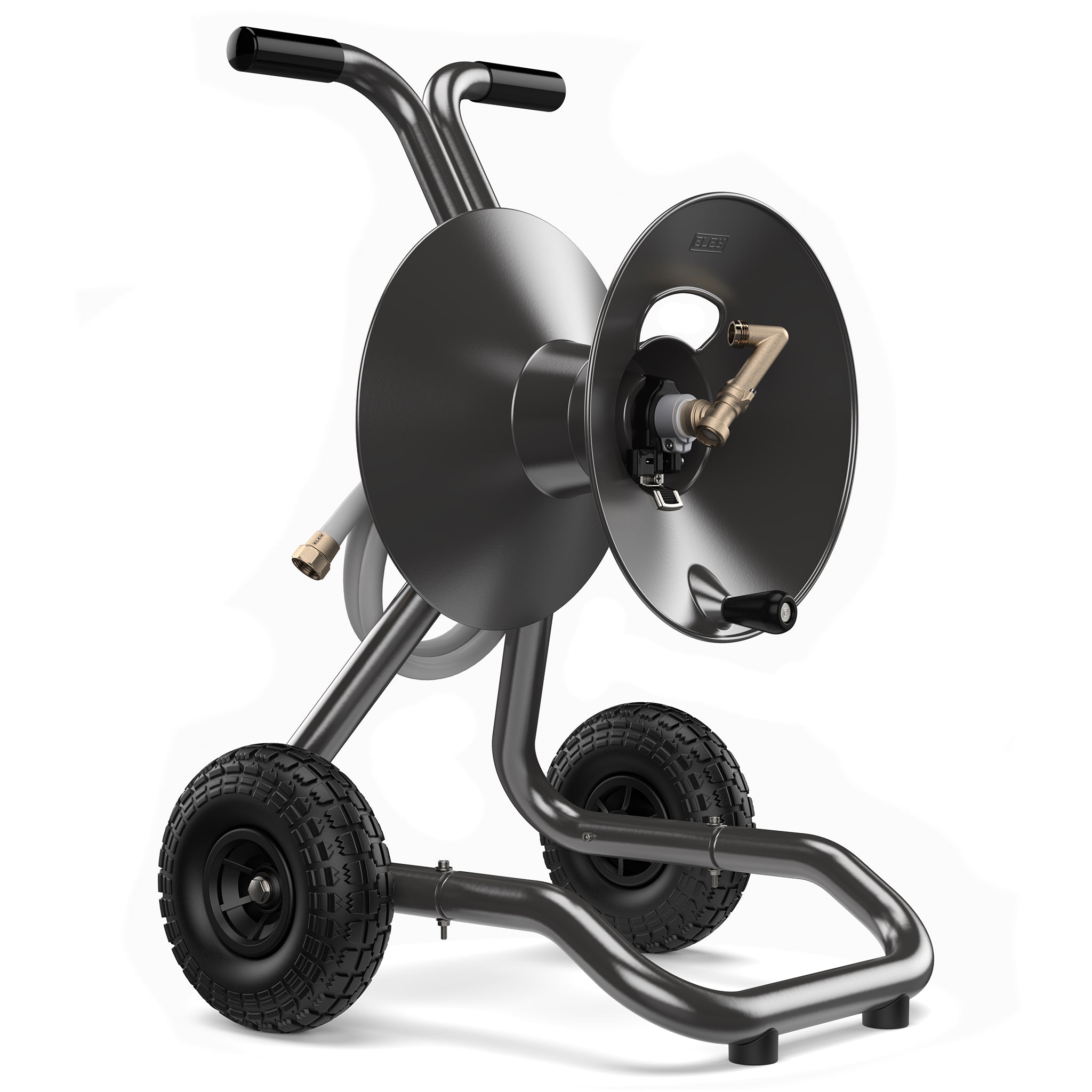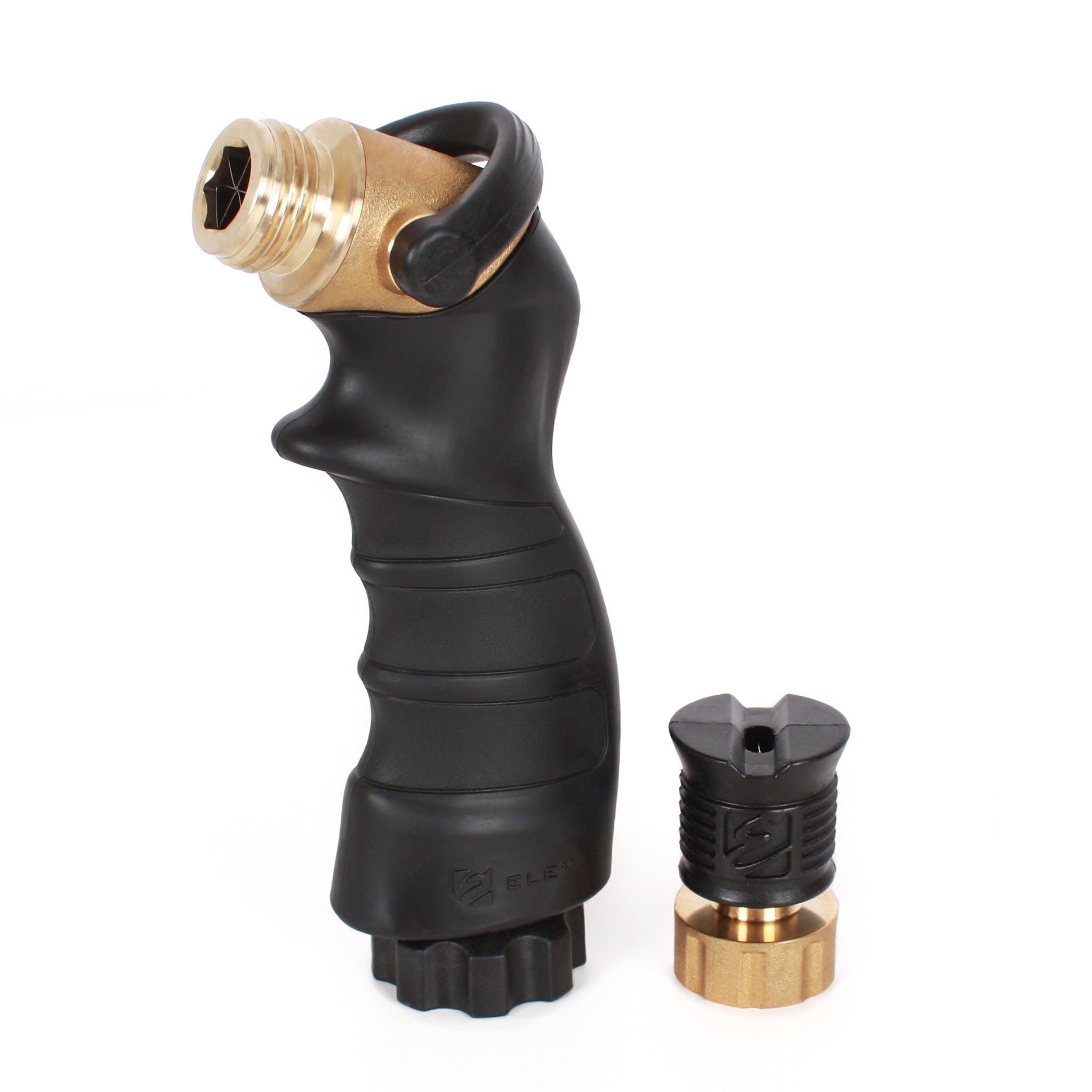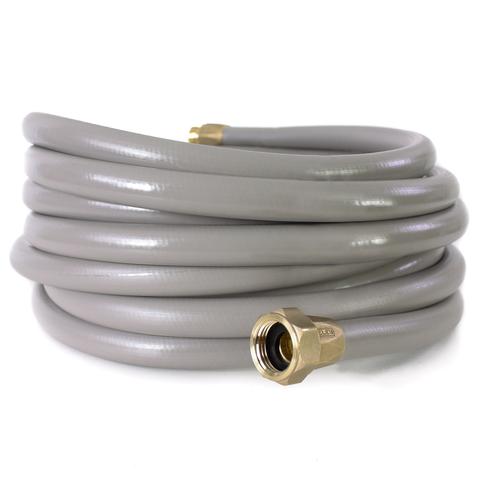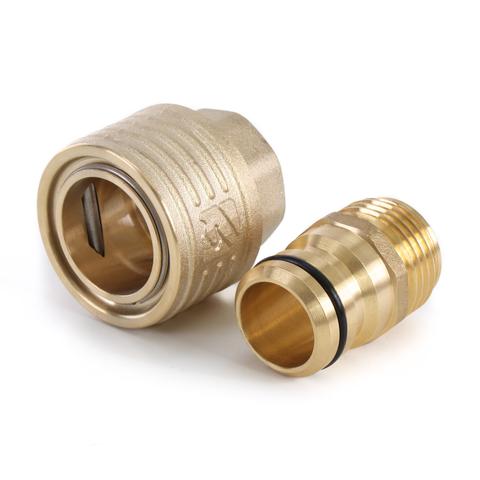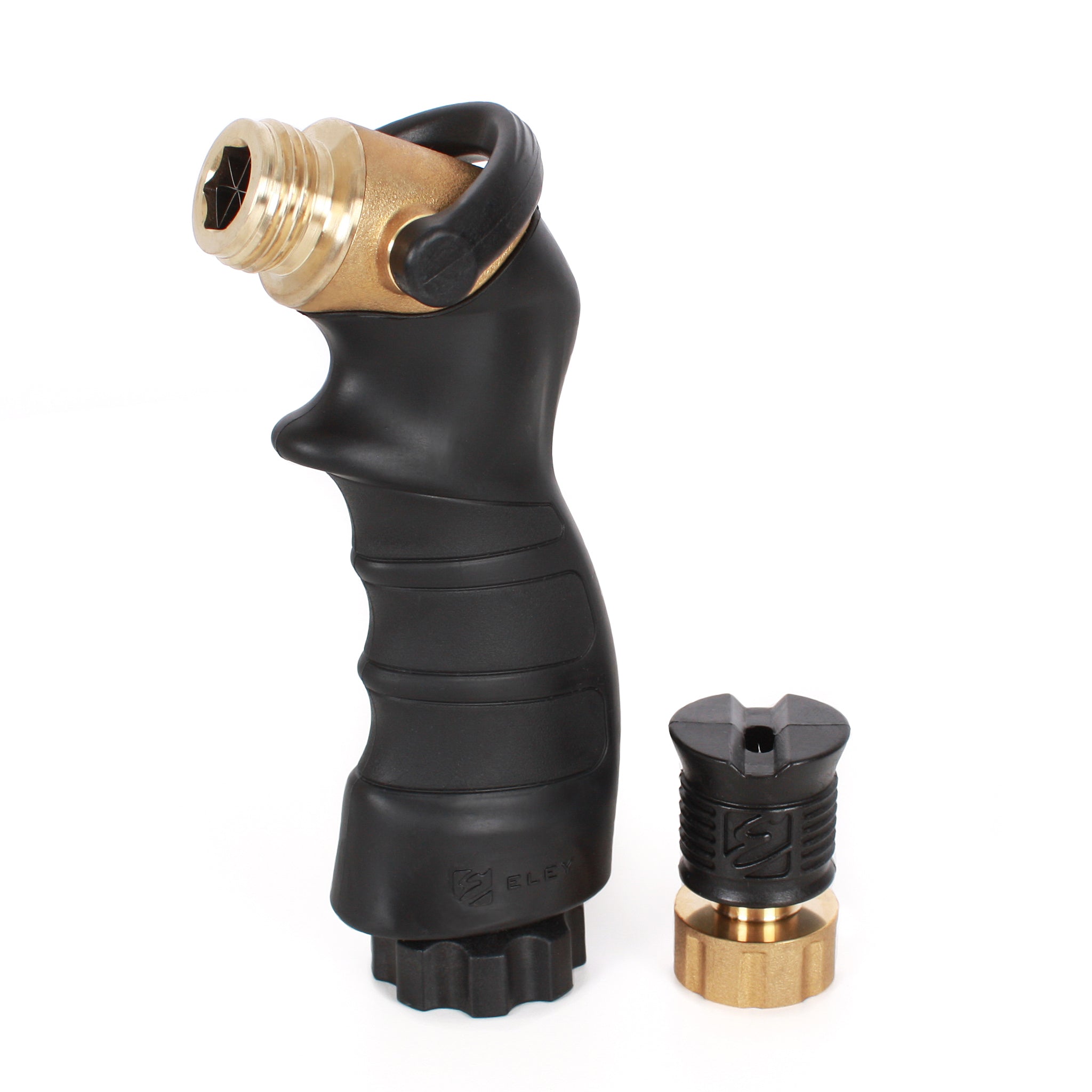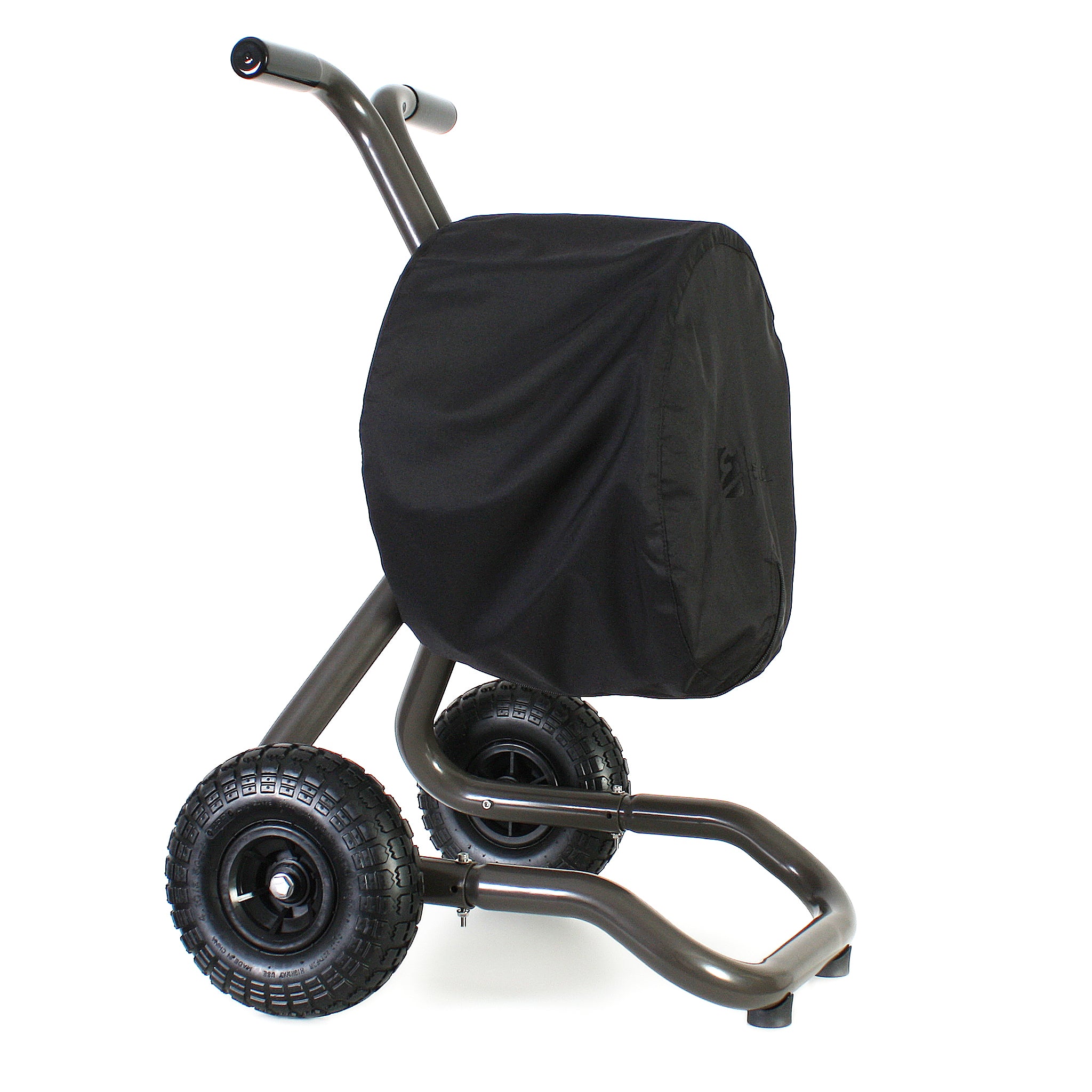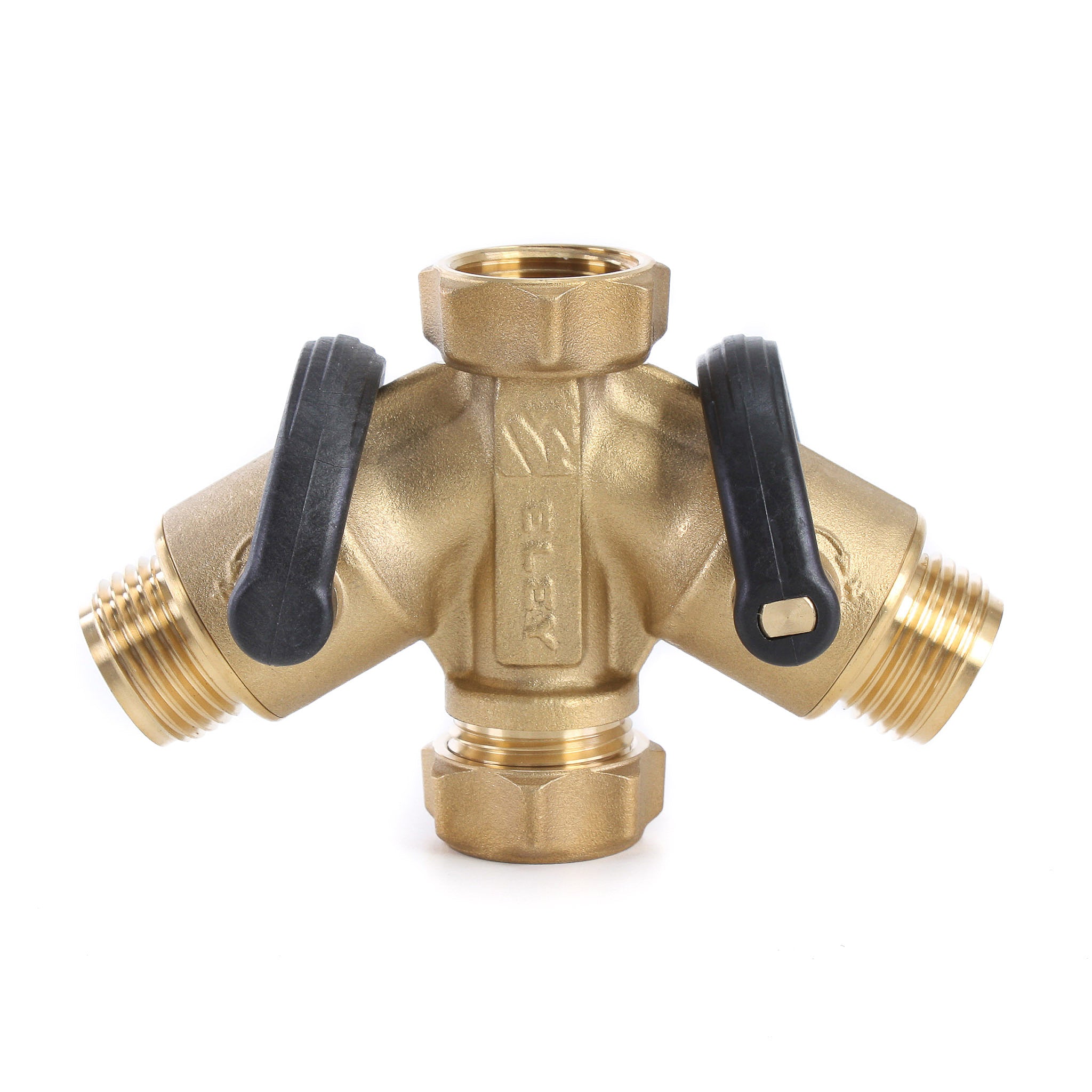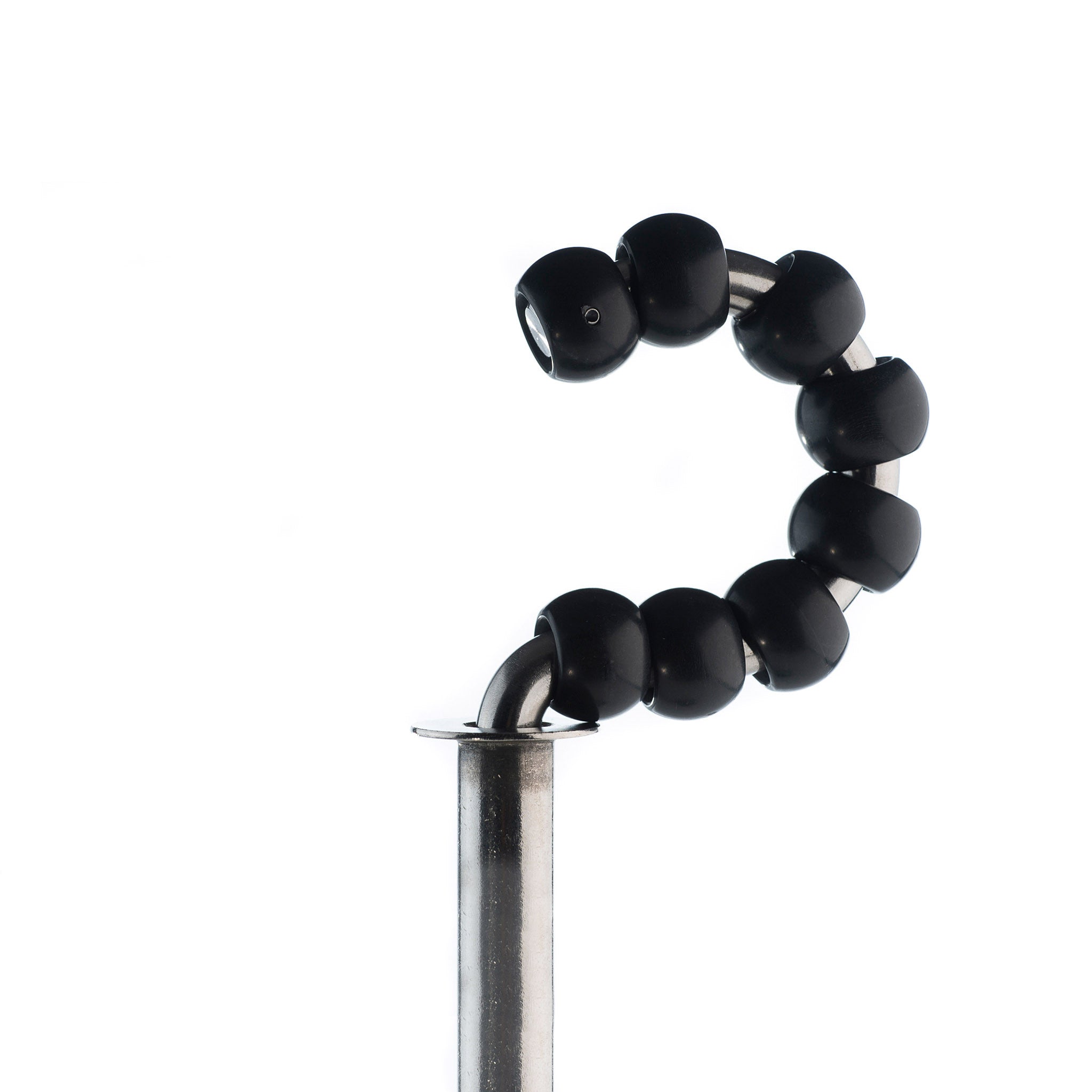
Introduction
Brass, an alloy of copper and zinc, is prized for its durability, workability, and attractive appearance. Over time, brass develops a patina, a natural layer that forms on its surface due to chemical reactions with environmental elements. While patina can add a vintage charm to brass objects, there are situations where removing it is desirable for aesthetic or practical reasons. This article explores the nature of brass patina, its formation, and the methods for its removal.
What is Brass Patina?
Brass patina is the result of a natural chemical process where the brass surface reacts with the surrounding environment. This patina can vary in color from a dull brown to a greenish-blue, depending on the specific conditions and the age of the brass.
Characteristics of Brass Patina:

- Color: Initially, brass will tarnish to a brown color. Over time, especially in the presence of moisture and pollutants, it can develop a greenish-blue patina known as verdigris.
- Texture: Patina can create a smooth or slightly rough texture on the brass surface.
- Protection: While it changes the appearance, patina can also provide a protective layer that helps prevent further corrosion.
- Performance: Because of the variety of elements outdoor watering products are exposed to, it is not unusual to see patina develop on brass watering products. Fortunately, the impact on these types of products is strictly visual as the patina has no effect on the brass watering tools performance.
Formation of Brass Patina
The formation of patina on brass is primarily due to the interaction of the metal with oxygen, moisture, carbon dioxide, and sulfur compounds in the environment. The rate and nature of patina formation can be influenced by several factors.
Factors Influencing Patina Formation:
-
Environmental Conditions: High humidity, pollution, and salty air can accelerate the patina formation process.

- Exposure Time: The longer the brass is exposed to the elements, the more pronounced the patina.
- Surface Treatment: Polished brass will form a patina more slowly than untreated brass. Lacquered or coated brass will resist patina formation until the coating wears off.
Removing Brass Patina
While some appreciate the antique look of patinated brass, others may prefer the shiny, golden appearance of polished brass. Removing patina from brass can be done using various methods, depending on the extent of the patina and the desired finish.
Methods for Removing Brass Patina:
Mechanical Methods:
-
Polishing with Abrasives: Using fine steel wool, sandpaper, or brass-specific polishing pads can effectively remove patina. This method requires gentle rubbing to avoid scratching the brass surface.
-
Brushing: A soft-bristled brush and mild soapy water can be used for light patina removal. This is ideal for intricate brass items where abrasive pads may not reach.
Chemical Methods:
-
Vinegar and Salt Solution: A common household method involves making a paste of vinegar and salt. Apply the paste to the brass, let it sit for a few minutes, then scrub gently with a soft cloth or brush. Rinse thoroughly with water and dry.
-
Lemon Juice and Baking Soda: Mix lemon juice and baking soda to form a paste. Apply the paste to the brass and let it sit for a few minutes. Scrub gently, rinse with water, and dry.
-
Commercial Brass Cleaners: These products are specifically designed to remove patina and tarnish from brass. Follow the manufacturer's instructions for safe and effective use.
- Preparation: Ensure the brass item is free of dust and dirt by wiping it with a soft, dry cloth.
- Choose a Method: Select the appropriate method based on the extent of the patina and the tools available.
- Apply the Cleaner: Whether using a homemade paste or a commercial cleaner, apply it evenly to the brass surface.
- Scrub Gently: Use a soft cloth, brush, or pad to scrub the surface. Avoid harsh abrasives that can scratch the brass.
- Rinse and Dry: Thoroughly rinse the brass item with clean water to remove any residue. Dry it immediately with a soft cloth to prevent water spots.
- Polish (Optional): For a high-shine finish, use a brass polish after cleaning to bring out the luster.
Considerations and Precautions
- Test First: Always test the cleaning method on a small, inconspicuous area to ensure it does not damage the brass.
- Safety: Wear gloves and work in a well-ventilated area when using chemical cleaners to avoid skin irritation and inhalation of fumes.
Conclusion
Brass patina is a natural and often desirable characteristic that signifies age and exposure to the elements. However, when a polished, shiny appearance is preferred, removing patina can be achieved through various methods, including mechanical and chemical techniques. By understanding the nature of brass patina and employing the appropriate cleaning methods, one can restore the original beauty of brass items while preserving their integrity.

